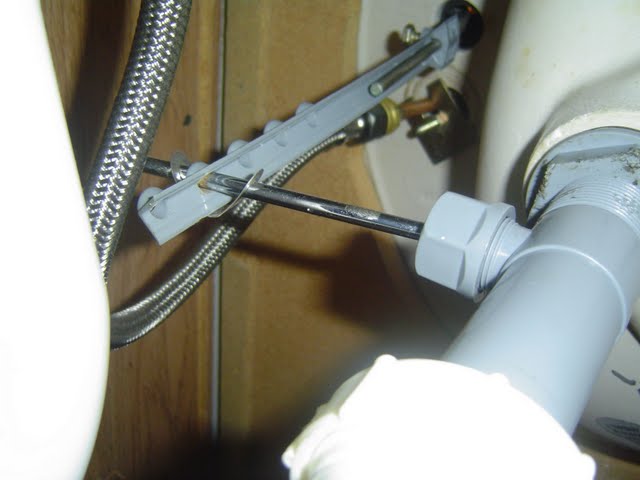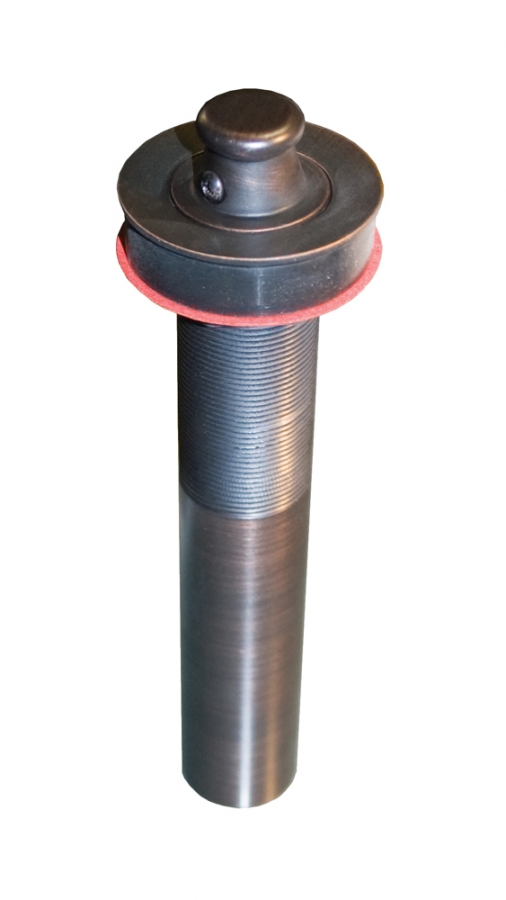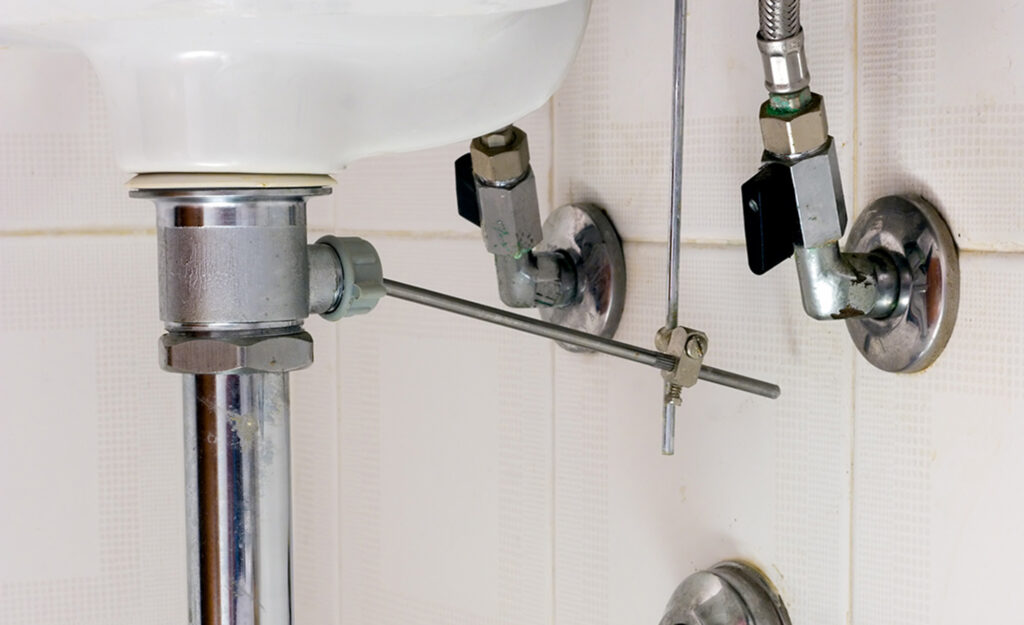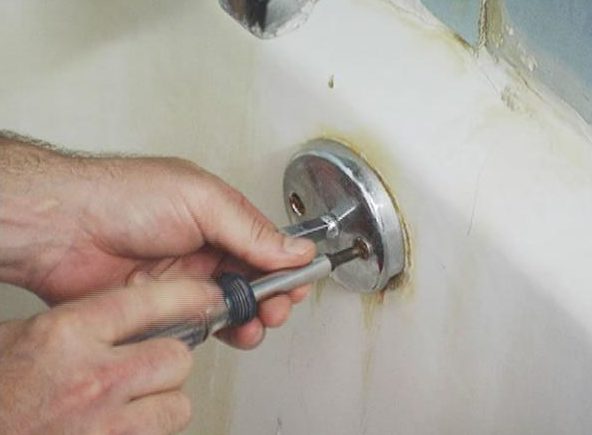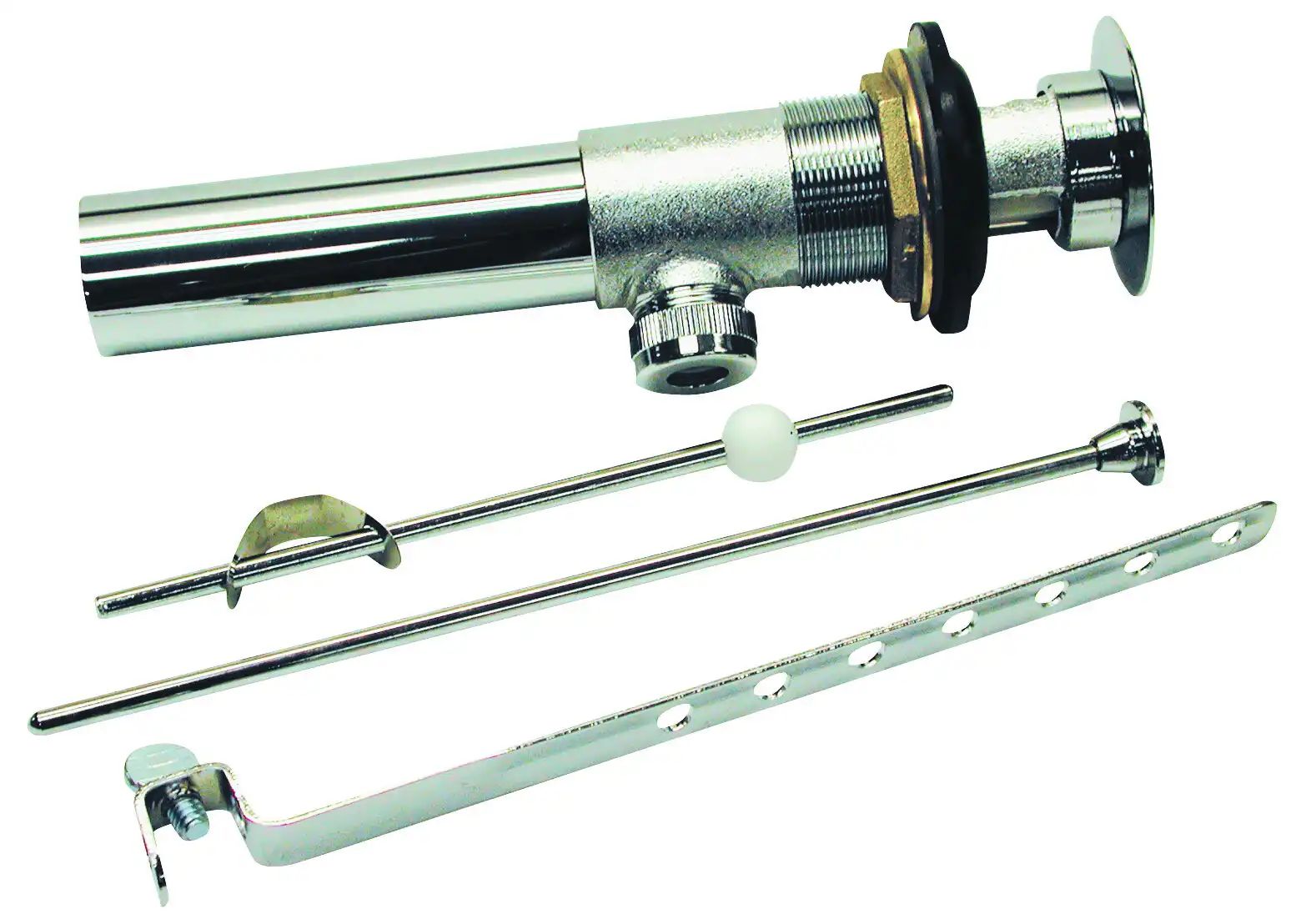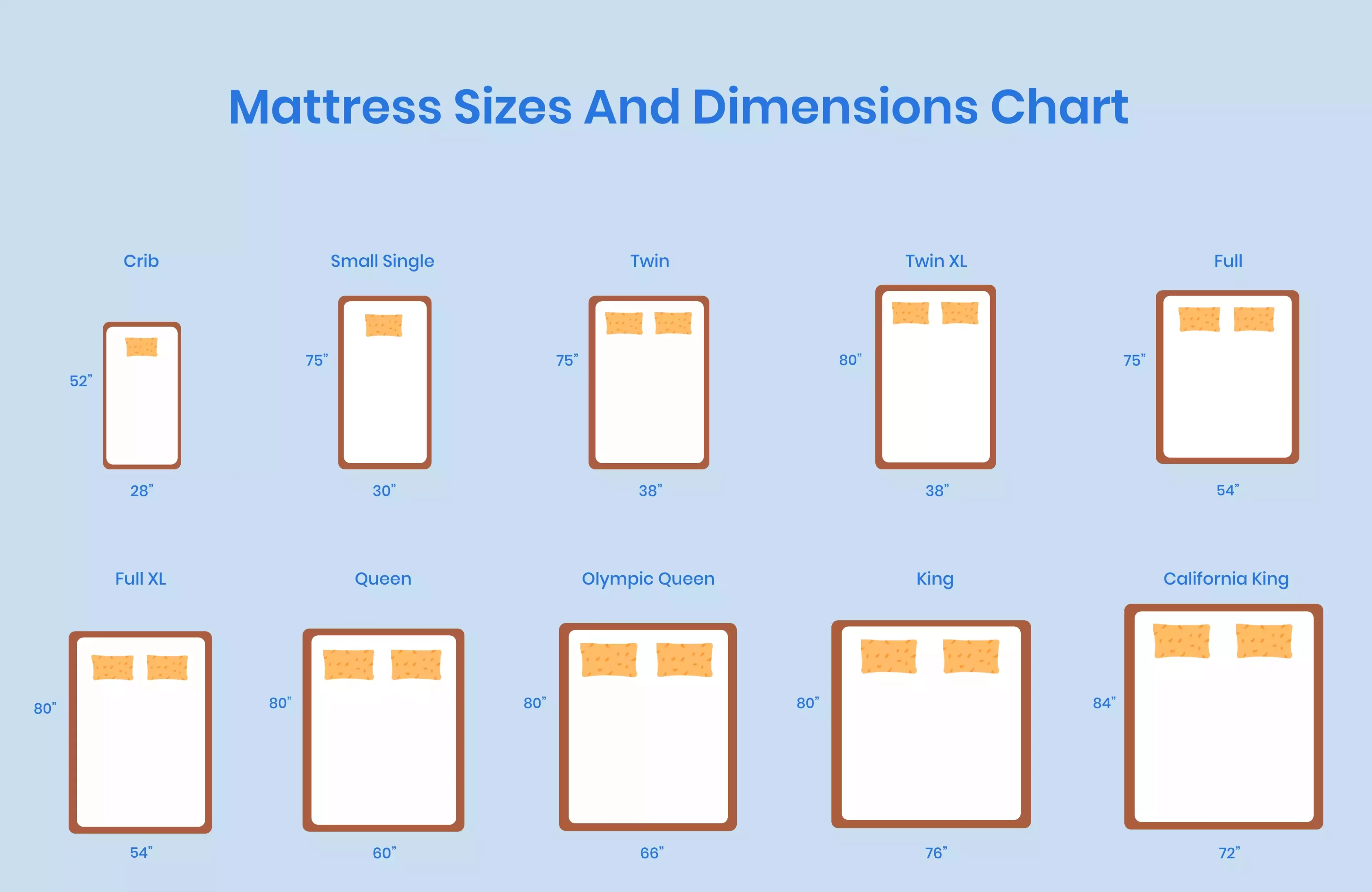The pop-up drain is one of the most common types of kitchen sink drains. It is typically found in modern sinks and features a lever or knob that can be pulled up or pushed down to open or close the drain. The pop-up mechanism is usually attached to a rod that runs through the drain and connects to the sink stopper, allowing you to easily control the flow of water. Some benefits of using a pop-up drain include its simple design, easy installation, and the ability to keep the sink basin clean and free from debris. However, one downside to this type of drain is that it can be prone to clogging if not regularly cleaned.1. Pop-up Drain
The push button drain is a popular alternative to the traditional pop-up drain. Instead of a lever or knob, it features a push button that can be pressed to open or close the drain. This type of drain is often found in modern and minimalist kitchen designs, as it offers a sleek and streamlined look. One advantage of a push button drain is that it is easy to use and requires minimal maintenance. However, it may not be as durable as other types of drains and may need to be replaced more frequently.2. Push Button Drain
A grid drain, also known as a basket strainer or mesh drain, is a type of drain that features a grid or mesh cover to catch debris while allowing water to flow through. This is a popular choice for kitchen sinks as it helps to prevent clogs and keeps the sink basin clean. Grid drains are typically easy to install and can be easily removed for cleaning. However, the grid cover may need to be replaced over time as it can become damaged or worn out.3. Grid Drain
A strainer drain is similar to a grid drain, but instead of a grid or mesh cover, it features a solid cover with small holes to catch debris. This type of drain is also effective in preventing clogs and keeping the sink basin clean. Strainer drains are available in a variety of materials, including stainless steel, brass, and plastic. They are also relatively easy to install and maintain.4. Strainer Drain
A disposal flange is a specialized type of drain that is designed to be used with a garbage disposal. It features a flange that connects the disposal unit to the sink drain, allowing food scraps and other waste to be easily disposed of through the sink. One advantage of using a disposal flange is that it can help to reduce odors and keep the sink clean. However, it may require more maintenance as the disposal unit can become clogged or damaged over time.5. Disposal Flange
A pop-up stopper is a type of drain that is similar to a pop-up drain, but does not have a lever or knob. Instead, it features a stopper that can be pushed down to close the drain or pulled up to open it. This type of drain is commonly found in older sinks and may be more difficult to operate compared to other types of drains. One advantage of a pop-up stopper is its simple design, which makes it less prone to clogging. However, it may require more maintenance as the stopper can become damaged or worn out over time.6. Pop-up Stopper
The lift and turn drain is a type of drain that features a knob that can be turned to open or close the drain. This type of drain is commonly found in older sinks and may be more difficult to operate compared to other types of drains. One advantage of a lift and turn drain is its durability, as it does not have any moving parts that can wear out over time. However, it may require more maintenance as the knob can become loose or difficult to turn.7. Lift and Turn Drain
The toe-tap drain is a unique type of drain that can be operated by using your foot. It features a mechanism that can be activated by pressing your toe on a designated spot on the bottom of the sink. This type of drain is typically found in high-end kitchens and offers a hands-free option for opening and closing the drain. One advantage of a toe-tap drain is its convenience, as you can easily open or close the drain without using your hands. However, it may require more maintenance as the mechanism can become damaged or worn out over time.8. Toe-Tap Drain
The flip-it drain is a unique type of drain that features a lever that can be flipped to open or close the drain. This type of drain is commonly found in older sinks and may be more difficult to operate compared to other types of drains. One advantage of a flip-it drain is its simple design, which makes it less prone to clogging. However, it may require more maintenance as the lever can become loose or difficult to flip.9. Flip-It Drain
The pop-up assembly is a type of drain that is similar to a pop-up drain, but does not have a lever or knob. Instead, it features a stopper that can be pushed down to close the drain or pulled up to open it. This type of drain is commonly found in older sinks and may be more difficult to operate compared to other types of drains. One advantage of a pop-up assembly is its simple design, which makes it less prone to clogging. However, it may require more maintenance as the stopper can become damaged or worn out over time. In conclusion, there are many different types of kitchen sink drains available, each with its own advantages and disadvantages. When choosing the right drain for your kitchen sink, consider factors such as durability, maintenance, and ease of use. Regular cleaning and maintenance can also help to prevent clogs and keep your sink drain functioning properly for years to come.10. Pop-up Assembly
How to Choose the Right Kitchen Sink Drain for Your Home

Introduction
:max_bytes(150000):strip_icc()/how-to-install-a-sink-drain-2718789-hero-24e898006ed94c9593a2a268b57989a3.jpg) When it comes to designing your dream kitchen, every detail matters. From the cabinets to the countertops, every element plays a role in creating a functional and aesthetically pleasing space. One important aspect of kitchen design that often goes overlooked is the type of
kitchen sink drain
you choose. While it may seem like a small detail, the right
drain type
can make a big difference in both the functionality and style of your kitchen. In this article, we will explore the different types of kitchen sink drains and how to choose the right one for your home.
When it comes to designing your dream kitchen, every detail matters. From the cabinets to the countertops, every element plays a role in creating a functional and aesthetically pleasing space. One important aspect of kitchen design that often goes overlooked is the type of
kitchen sink drain
you choose. While it may seem like a small detail, the right
drain type
can make a big difference in both the functionality and style of your kitchen. In this article, we will explore the different types of kitchen sink drains and how to choose the right one for your home.
Types of Kitchen Sink Drains
Factors to Consider
:max_bytes(150000):strip_icc()/how-to-clean-a-kitchen-sink-and-drain-02-5660035-7a630bc36f2c401bbe412bbe85937ff3.jpg) When choosing the right kitchen sink drain, there are several factors to consider. First, think about your
kitchen's layout
and
how you use your sink
. If you have a smaller kitchen with limited counter space, a
strainer drain
may be the best option as it takes up the least amount of space. If you frequently wash dishes by hand, a
pop-up drain
may be more convenient as it allows you to fill the sink with water.
Garbage disposal drains
are ideal for those who want to quickly and easily dispose of food waste.
Another important factor to consider is
material
. Kitchen sink drains come in a variety of materials, including stainless steel, plastic, and brass.
Stainless steel
is a popular choice for its durability and sleek appearance.
Plastic
and
brass
are also durable options, but may not be as visually appealing.
When choosing the right kitchen sink drain, there are several factors to consider. First, think about your
kitchen's layout
and
how you use your sink
. If you have a smaller kitchen with limited counter space, a
strainer drain
may be the best option as it takes up the least amount of space. If you frequently wash dishes by hand, a
pop-up drain
may be more convenient as it allows you to fill the sink with water.
Garbage disposal drains
are ideal for those who want to quickly and easily dispose of food waste.
Another important factor to consider is
material
. Kitchen sink drains come in a variety of materials, including stainless steel, plastic, and brass.
Stainless steel
is a popular choice for its durability and sleek appearance.
Plastic
and
brass
are also durable options, but may not be as visually appealing.
Conclusion
 Choosing the right kitchen sink drain may seem like a small decision, but it can greatly impact the functionality and style of your kitchen. Consider the layout of your kitchen, your sink usage, and the material you prefer when making your decision. With the right
kitchen sink drain
, you can create a functional and beautiful space that meets all of your needs.
Choosing the right kitchen sink drain may seem like a small decision, but it can greatly impact the functionality and style of your kitchen. Consider the layout of your kitchen, your sink usage, and the material you prefer when making your decision. With the right
kitchen sink drain
, you can create a functional and beautiful space that meets all of your needs.











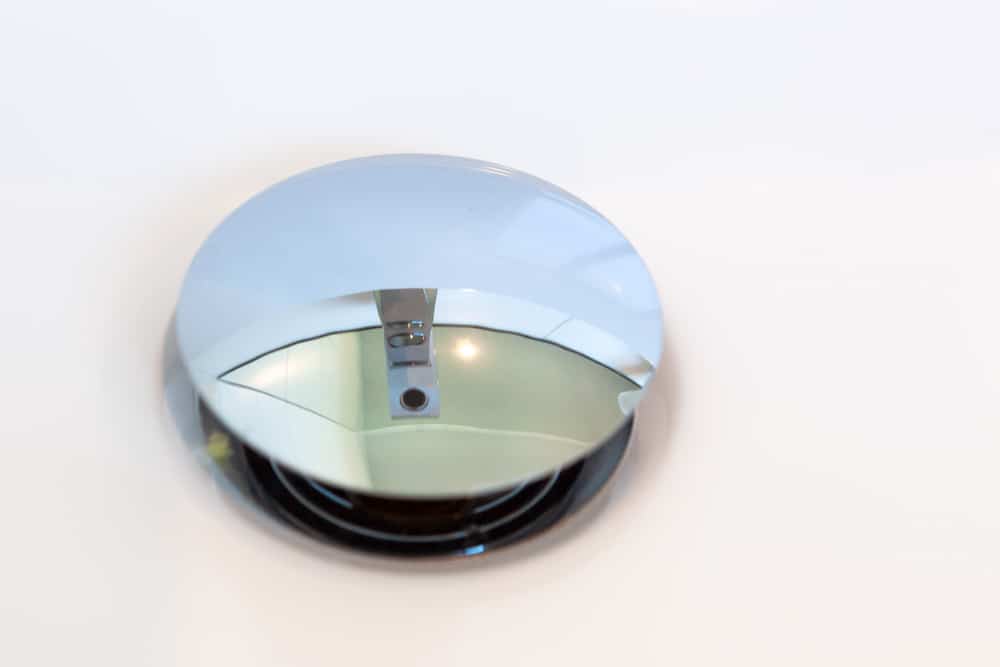






























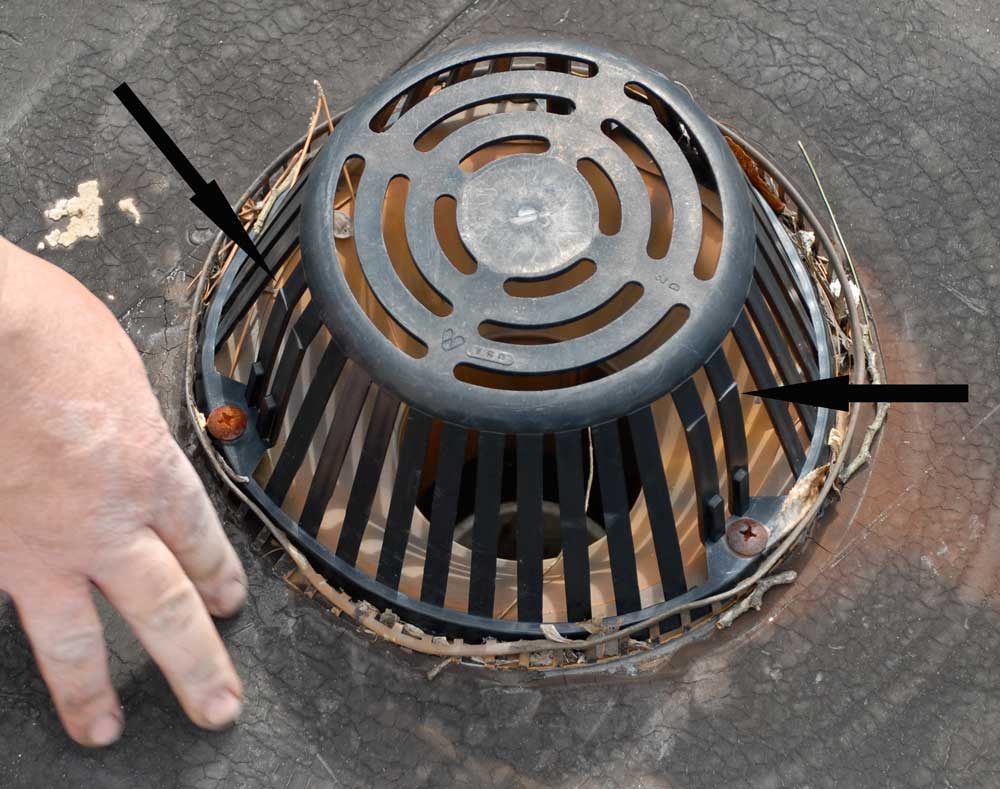






















:max_bytes(150000):strip_icc()/bathroom-sink-drain-installation-2718843-07-2b728cbd5c994dc39179346f51bb6421.jpg)

